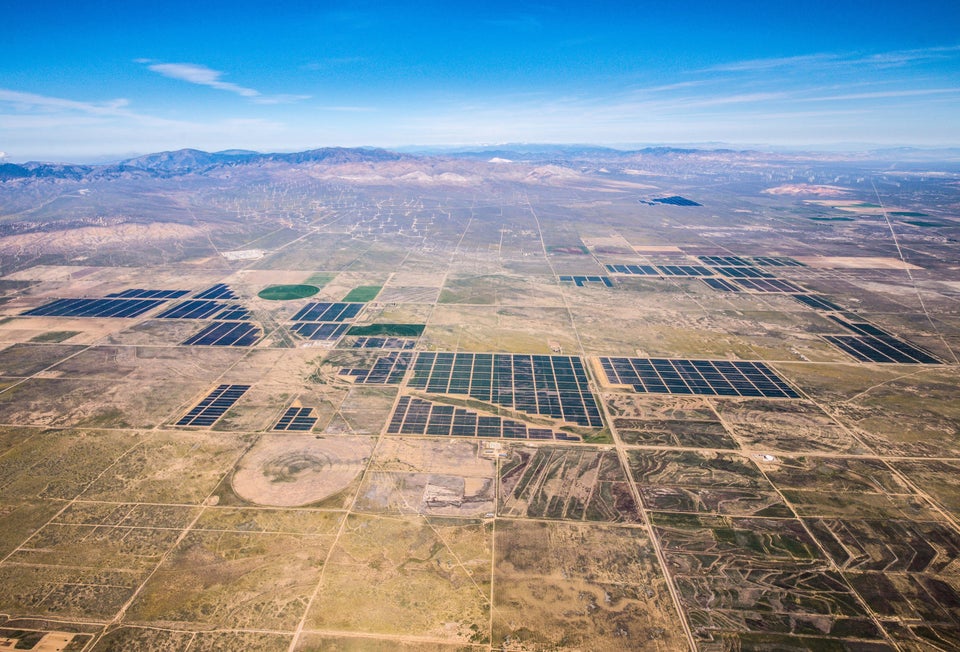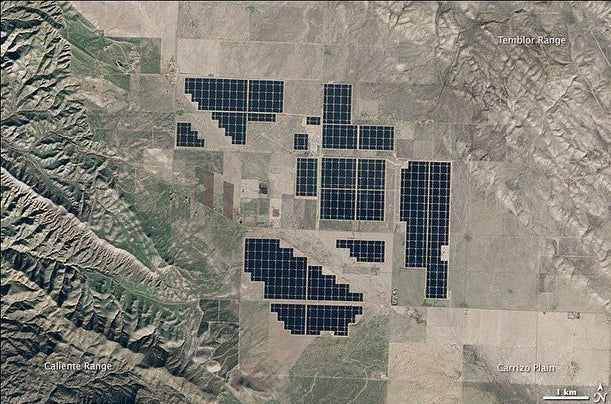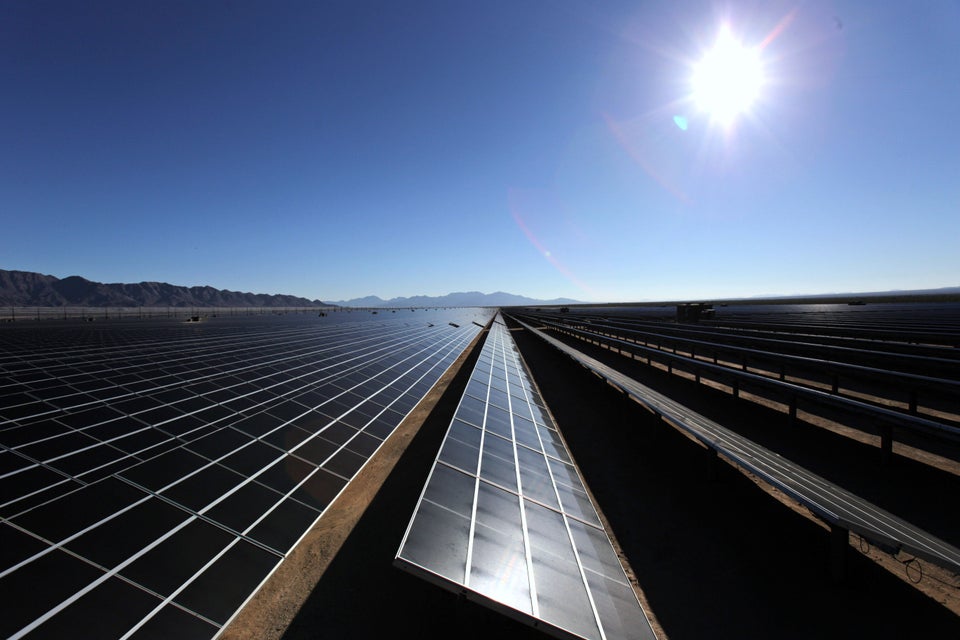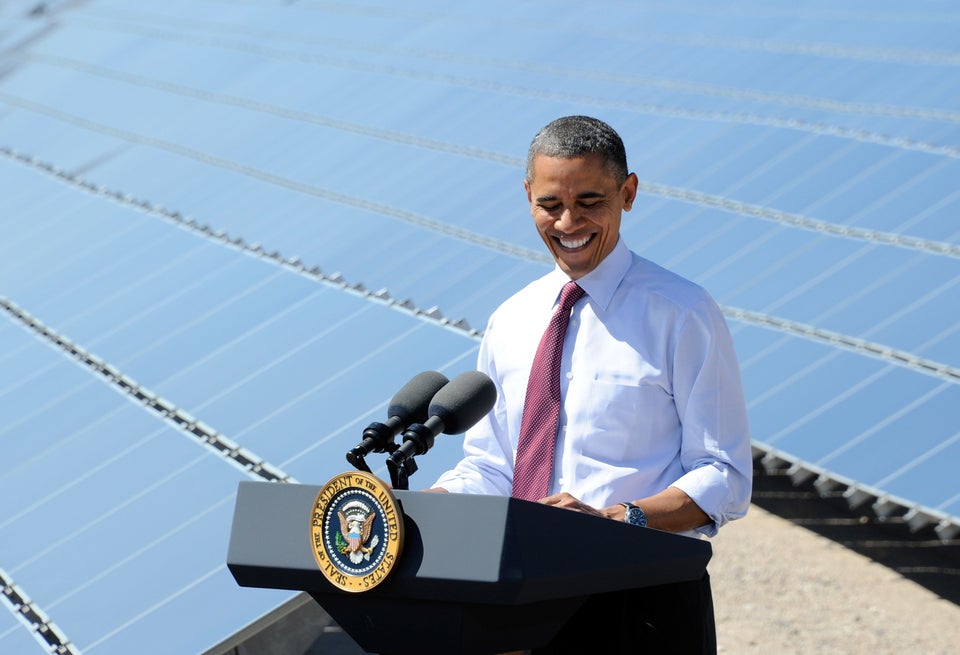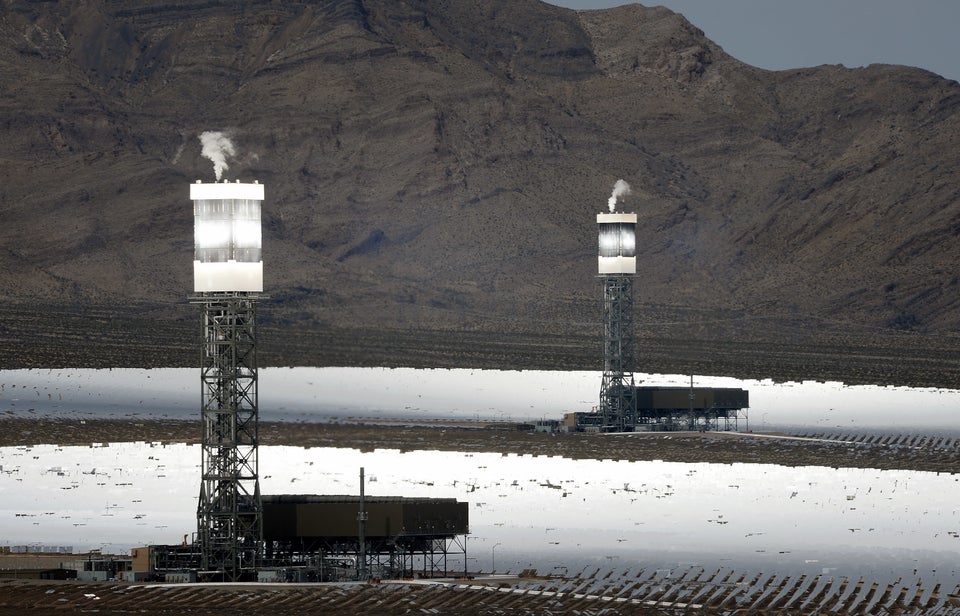A small island in the middle of the Pacific is doing some big things for renewable energy.
By the end of this year, 37 percent of the electricity generated on the Hawaiian Island of Kauai will come from a mix of renewable resources, including solar, hydropower and biomass.
The recent completion of the state's largest solar array is a big help toward that goal, as well as toward the aggressive statewide goal of 100 percent renewable energy by 2045.
Located in the small town of Anahola, along the island's eastern coast, the 12-megawatt, $54 million facility is 60 acres -- the size of about 45 football fields -- and has 59,000 solar panels.
Kauai Island Utility Cooperative says it will replace 1.7 million gallons of imported oil per year and generate 20 percent of Kauai’s daytime energy needs -- enough to power 4,000 homes.
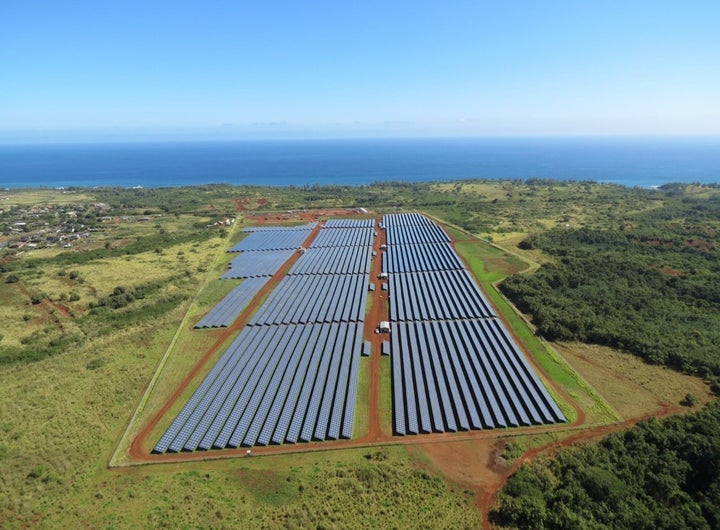
While this is a big step for the Aloha state -- as well as Kauai's public utility co-op, the only utility in the state not owned by Hawaiian Electric Industries -- the Anahola facility pales in comparison to the country's largest solar power plants.
Take California's Solar Star projects -- the largest photovoltaic power plant on the planet. Completed this past June, this 579-megawatt monster in Antelope Valley, California, has more than 1.7 million solar modules and delivers enough electricity to power approximately 255,000 homes.
Upon its completion, Green Tech Media heralded it as a sign that "the utility-scale solar business is alive and well."
Indeed, from the behemoths like Solar Star to the community-based efforts like Kauai's Anahola facility, utility-scale solar is making its mark across the country.
In 2014, the utility photovoltaic sector installed 3,939 megawatts -- up 38 percent from 2013, according to the Solar Energy Industries Association.
Below, take a loot at the five biggest solar power plants (photovoltaic and concentrated solar thermal) in the U.S.
